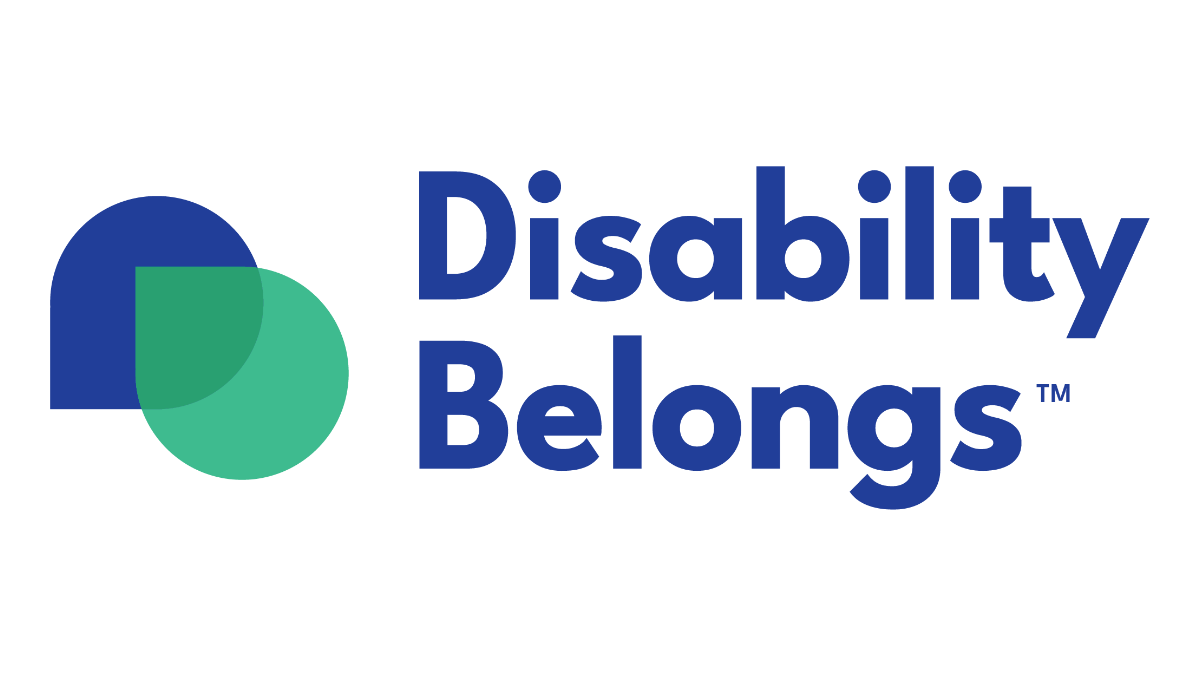The Senate version of the bill differs from the House-passed H.R.1 in relation to the Supplemental Nutrition Assistance Program (SNAP) in a few key areas:
- Administrative Costs: Both versions would reduce the federal government’s share of administrative costs from 50% to 25%. This means states and counties would have to cover 75% of those costs. However, the Senate bill would delay this change until fiscal year 2027, while the House version would begin in fiscal year 2026.
- State Share of Benefit Costs Based on Error Rates: The House bill would require states to pay between 5% and 25% of benefit costs depending on their payment error rates. In contrast, the Senate bill would exempt states with error rates below 6% and set a lower maximum cost share of up to 15% for states with higher error rates.
- Error Rate Tolerance Threshold: The House bill would eliminate the current threshold for allowable payment errors by lowering it from $57 to $0. The Senate bill would leave the existing $57 threshold in place.
- Work Requirements for Certain Adults: Both bills would expand work requirements for adults without dependents by increasing the eligible age range from 18-54 to 18-64. The Senate bill would also apply these requirements to adults with children over age 9, while the House version applies them to those with children over age 6.




